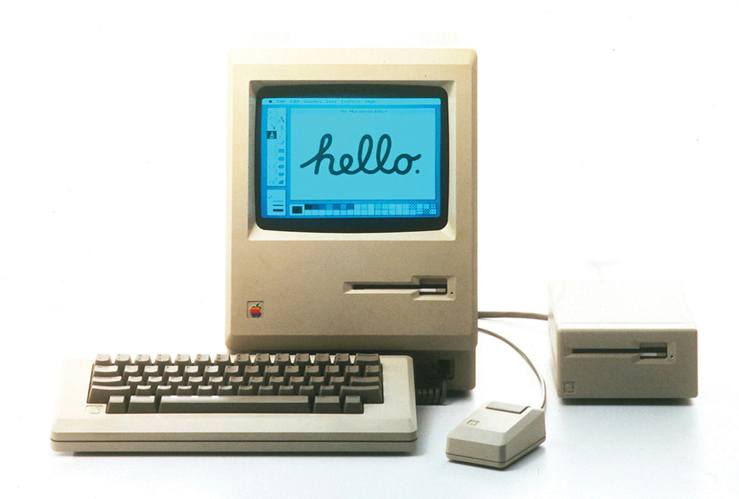
With Apple’s recent new iPhone announcement, we have yet another new device which is changing hardware preference and software usability for it’s predecessors. This will be coupled with new accessories and gadgets that will likely be released along side the new iPhone to help ensure users of past devices can still make use of their current features and products.
It is a trend many companies have been following in the mobile and electronics industry, and with a new flagship phone being released every year it raises the question do we really need a new iPhone every year? We can’t help but wonder if this is a form of planned obsolescence, a business strategy in which the obsolescence (the process of becoming obsolete—that is, unfashionable or no longer usable) of a product is planned and built into it from its conception. This is done so that in future the consumer feels a need to purchase new products and services that the manufacturer brings out as replacements for the old ones.

Of course if we want to have the latest hardware with the supposedly best options for performance, then you need to have the most up-to-date technology, be it a phone, smart watch, or something else entirely. Technology companies often couple new software to go with their latest hardware release as well. The latest phone will already come with the newest software installed, but older phones which have been updated will often take a hit to their performance and overall usability. Thus ensuring that eventually the consumer will go to the store to buy the latest hardware just to have a phone that works smoothly with all the latest software updates.
Planned obsolescence is not an entirely new concept either, with it’s roots going back to the 1920’s General Motors production of cars. “Apple is doing the same thing” say’s CEO of iFixit, Kelly Wiens. Apple, and many other tech companies have been making it more difficult to not only fix product without bringing the product directly to them, but also forcing users to update software making it harder to use older products with newer updated software.
There are few options the consumer has to protect against this in the technology world. Tech trends develop fast, and seem to go out of date even faster. Be it your phone, or the video card in your computer, eventually there is going to be a newer, faster, better one that comes along. There are some companies that are trying to help though. You can now get the latest iPhone from AT&T or Verizon each year, if you’re OK with being forever tied to paying a monthly fee for the privilege of having the latest iPhone. You can also choose to skip updating your phone’s software if it’s a few years old to keep things running smoothly. However as a phone’s software is updated, the App’s that come with it typically do as well.
Planned Obsolescence is likely here to stay for some time, but we encourage you to sign up for our newsletter for even great tips to help you with your technology needs and goals.



